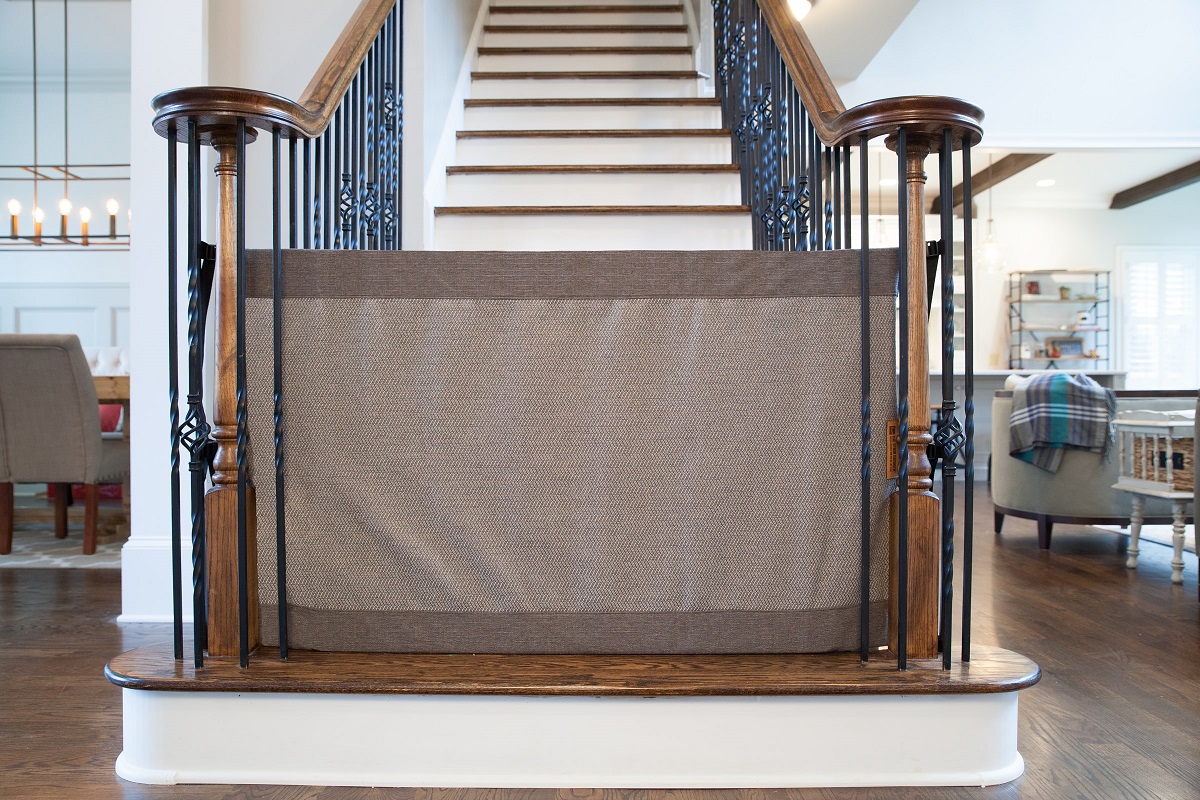

Articles
How To Block Stairs Without A Gate
Modified: December 7, 2023
Learn effective strategies to block stairs without using a gate. Explore our informative articles on stair safety and childproofing for a secure and worry-free environment.
(Many of the links in this article redirect to a specific reviewed product. Your purchase of these products through affiliate links helps to generate commission for Storables.com, at no extra cost. Learn more)
Introduction
When it comes to childproofing your home, one of the most important areas to secure is the stairs. Staircases can be dangerous for young children who are just starting to explore their surroundings. However, not everyone has a gate readily available to block off their stairs. In this article, we will explore several options for blocking stairs without a gate, providing you with practical and accessible alternatives to ensure the safety of your little ones.
Whether you are looking for a temporary solution or a more permanent option, there are various methods to consider. From using simple household items to creating DIY barriers, you can choose the approach that best suits your needs and budget. Let’s dive into these options and find the perfect way to secure your stairs.
Key Takeaways:
- Keep your little ones safe by using temporary barriers like pressure-mounted baby gates or fabric safety barriers. They offer flexibility, portability, and easy setup for families who don’t want a permanent fixture blocking their stairs.
- Get creative with a DIY fabric barrier to personalize your stair blockade while adding a touch of style to your home. Choose fabric patterns and colors that match your decor for a functional and visually appealing solution.
Read more: How To Block Cats From Stairs
Option 1: Use a Temporary Barrier
If you’re seeking a quick and easy solution, using a temporary barrier is an excellent choice. These barriers can be easily set up and removed as needed, making them ideal for families who don’t want a permanent fixture blocking their stairs.
One popular temporary barrier option is a pressure-mounted baby gate. These gates work by using pressure to secure themselves between two walls or surfaces, eliminating the need for drilling or permanent installation. They are adjustable and can accommodate various stair widths, ensuring a snug fit.
To install a pressure-mounted gate, start by determining the desired location. Make sure to choose a sturdy and level surface on both sides of the stairs. Next, adjust the gate to fit the width of your staircase and tighten the pressure bolts until the gate is secure. Double-check that the gate is properly installed and unable to be pushed or pulled down.
An alternative to a pressure-mounted baby gate is a freestanding gate. These gates are self-supporting and can be easily moved from one location to another. They typically consist of a hinged panel system that can be expanded or contracted to fit various stair widths. Freestanding gates are a great option for those who need flexibility and portability.
Another temporary barrier option is a fabric safety barrier. These barriers are made of durable, mesh-like material and are designed to be easily attached to banisters or handrails. They create a physical barrier between the rails, preventing children from climbing through or falling over the side of the stairs. Fabric safety barriers are lightweight, portable, and can be adjusted to fit different stair sizes.
When using a temporary barrier, it’s important to regularly check for any signs of wear or damage. Ensure that all components are securely in place and that there are no gaps or openings that a child can squeeze through. Always follow the manufacturer’s instructions for installation and use, and never leave a child unattended near the stairs, even with a barrier in place.
Option 2: Create a DIY Fabric Barrier
If you’re feeling more creative and want to personalize your stair blockade, creating a DIY fabric barrier might be the perfect solution for you. This option allows you to design a custom barrier that not only serves its purpose but also adds a touch of style to your home.
To create a DIY fabric barrier, you will need a few basic materials such as fabric, Velcro strips, and a sewing machine. Start by measuring the width and height of your staircase to determine the size of fabric you’ll need. It’s best to choose a sturdy fabric that can withstand tugging and pulling.
Once you have the fabric, cut it to the desired size, leaving some extra length for hemming. Sew a double-fold hem on all sides of the fabric to prevent fraying and give it a clean finish. Next, sew Velcro strips onto the top and bottom edges of the fabric. These strips will allow you to attach the barrier to the banisters or handrails.
After attaching the Velcro, position the fabric barrier on the stairs and secure it in place. The Velcro will provide a strong hold while still allowing you to remove the barrier when necessary. Make sure the fabric is taut and firmly attached to prevent any gaps or loose ends.
A DIY fabric barrier not only provides a physical barrier to prevent falls but can also be a visually appealing addition to your home decor. You can choose fabric patterns and colors that match your style or even customize the fabric barrier with embroidery or appliques. Not only will you be ensuring the safety of your children, but you’ll also have a unique and stylish stair blockade.
Remember to regularly check the fabric barrier for any signs of wear or damage. Replace any worn-out Velcro strips and repair any loose seams to ensure the barrier remains effective. Always supervise your child near the stairs, even with a fabric barrier in place, as they may still be curious and attempt to climb or explore.
Use a large piece of furniture, such as a heavy bookcase or dresser, to block the bottom of the stairs. Make sure it is stable and secure to prevent it from being moved by a child.
Option 3: Utilize Furniture or Household Items
When it comes to blocking stairs without a gate, sometimes the simplest solutions can be found right in your own home. By strategically utilizing furniture or household items, you can effectively create a barrier to keep your little ones safe.
One option is to use furniture such as a heavy bookshelf or a sturdy cabinet to block access to the stairs. Position the furniture at the base of the stairs, creating a physical barrier that prevents your child from ascending or descending. Make sure the furniture is securely in place and cannot be easily moved or tipped over.
Another household item that can be repurposed is a baby play yard or playpen. These portable enclosures are designed to create a safe area for your child to play in. By expanding the play yard across the opening of the stairs, you can effectively block off access while still allowing your child to move around freely within the confined space.
If you’re looking for a more temporary solution, consider using large, sturdy storage bins or crates. Stack them at the base of the stairs to create a makeshift barrier. Make sure to choose bins or crates that are stable and cannot be easily toppled over by your child.
In addition to furniture and storage items, you can also make use of items like baby gates without installing them permanently. These gates can be extended and positioned across the stairs, creating a barrier without the need for drilling or mounting. Some baby gates are designed to be freestanding and can be easily adjusted to fit different stair widths.
When utilizing furniture or household items, always ensure that they are stable and secure. Regularly check for any signs of wear or damage, and make any necessary repairs or adjustments to maintain the effectiveness of the barrier. As with any stair blockades, never leave your child unattended near the stairs, no matter the type of barrier you use.
Option 4: Install a Retractable Barrier
If you’re looking for a more permanent solution to block your stairs without a gate, installing a retractable barrier is an excellent option. Retractable barriers provide convenience, functionality, and aesthetics, making them a popular choice among homeowners.
A retractable barrier consists of a fabric or mesh panel that can be extended or retracted as needed. These barriers are typically installed on the walls beside the staircase and can be easily pulled across the opening to create a secure blockage. When not in use, the barrier retracts into a compact housing, remaining out of sight and preserving the aesthetics of your home.
To install a retractable barrier, you’ll need to mount the brackets on the wall on either side of the stairs. These brackets will hold the housing unit, which contains the retractable panel. Make sure to measure and position the brackets correctly to ensure that the barrier can be fully extended and retracted without any obstructions.
Once the brackets are securely in place, attach the housing unit and ensure that it is firmly secured. Then, extend the fabric or mesh panel across the stairs and attach it to the opposite wall. The retractable mechanism allows you to easily adjust the length of the barrier to fit the width of your staircase.
Retractable barriers provide several benefits. They can be quickly and easily operated with one hand, allowing you to block off the stairs as needed. The fabric or mesh panels are durable and can withstand the daily wear and tear of little ones. They also provide a visually appealing solution that seamlessly blends into your home decor.
When choosing a retractable barrier, look for one with a childproof lock to prevent your child from accidentally opening it. Also, ensure that the barrier meets safety standards and regulations to guarantee optimal security.
Remember to regularly inspect the retractable barrier for any signs of damage or malfunctions. Lubricate the moving parts as recommended by the manufacturer to maintain smooth operation. Always follow the installation and usage instructions provided to ensure proper functionality and safety.
Installing a retractable barrier may require more effort and initial investment compared to other options, but it offers a long-lasting and convenient solution for keeping your stairs secure and your little ones safe.
Read also: 8 Unbelievable Dog Gate For Stairs For 2025
Conclusion
When it comes to blocking stairs without a gate, there are several options available to ensure the safety of your children. Whether you opt for a temporary barrier, create a DIY fabric barrier, utilize furniture or household items, or install a retractable barrier, each approach has its own benefits and considerations.
Temporary barriers, such as pressure-mounted baby gates or fabric safety barriers, provide a quick and easy solution that can be easily set up and removed. They offer flexibility and portability, making them ideal for families who don’t want a permanent fixture blocking their stairs.
For those who enjoy a bit of creativity, creating a DIY fabric barrier allows you to personalize your stair blockade while adding a touch of style to your home. By selecting fabric patterns and colors that match your decor, you can make the barrier both functional and visually appealing.
Utilizing furniture or household items is a convenient option that requires minimal effort. Heavy bookshelves, cabinets, play yards, or storage bins can all serve as effective barriers when strategically positioned at the base of the stairs. Just ensure that the items you choose are stable and secure.
For a more permanent solution, installing a retractable barrier offers convenience, functionality, and aesthetics. These barriers can be easily extended or retracted as needed, preserving the visual appeal of your home when not in use.
Regardless of the option you choose, it is essential to prioritize the safety of your children. Regularly inspect the barrier for any signs of wear or damage, and ensure that it is properly installed and securely in place. Always supervise your child near the stairs, as no barrier can replace parental vigilance.
By implementing one of these options, you can effectively block your stairs without a gate, providing a safe environment for your little ones to explore and play. Remember, though, that the best solution may vary depending on your specific needs, preferences, and the layout of your home.
Choose the option that suits you and your family best, and enjoy the peace of mind that comes with knowing your stairs are properly secured.
Frequently Asked Questions about How To Block Stairs Without A Gate
Was this page helpful?
At Storables.com, we guarantee accurate and reliable information. Our content, validated by Expert Board Contributors, is crafted following stringent Editorial Policies. We're committed to providing you with well-researched, expert-backed insights for all your informational needs.
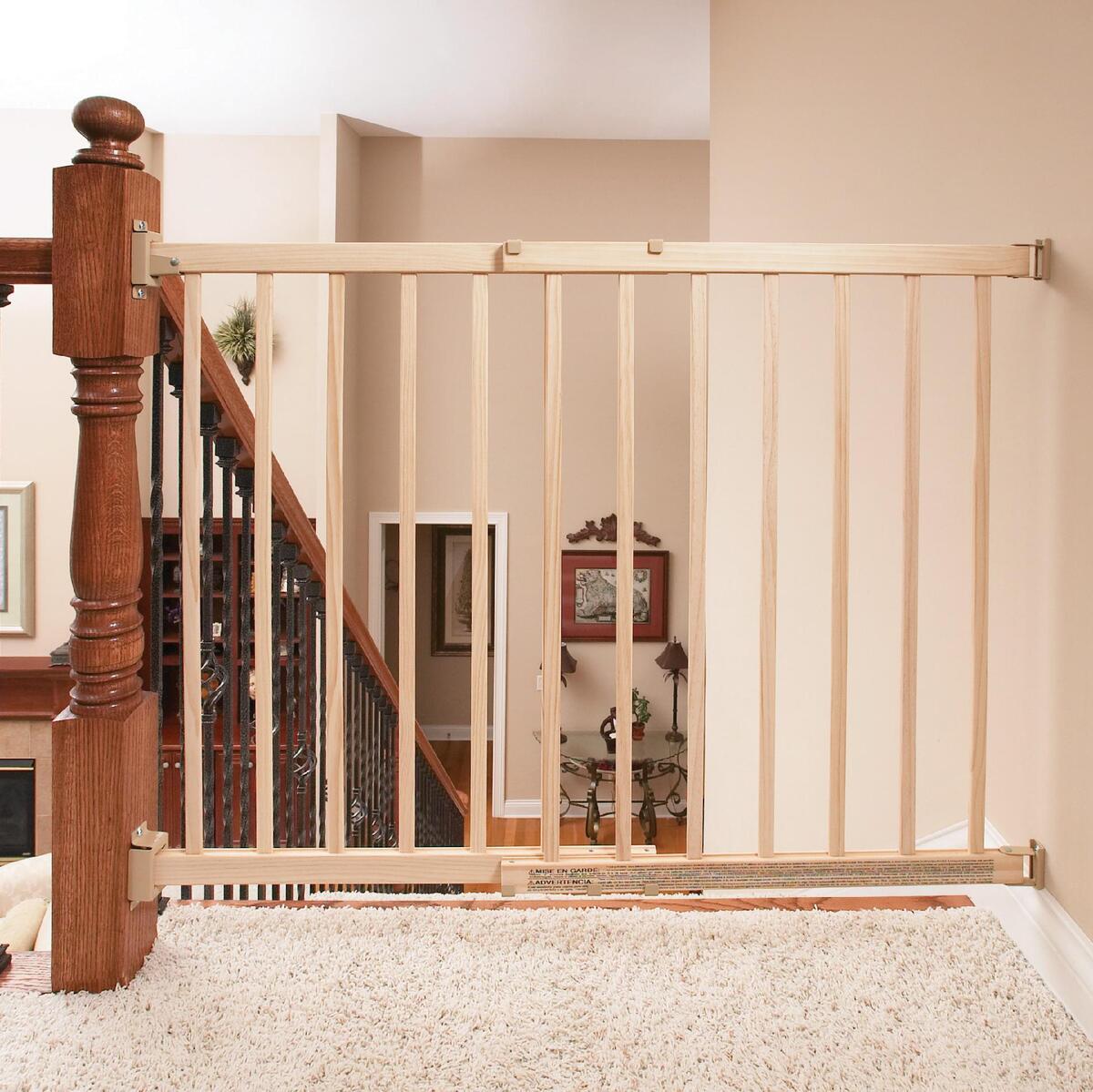
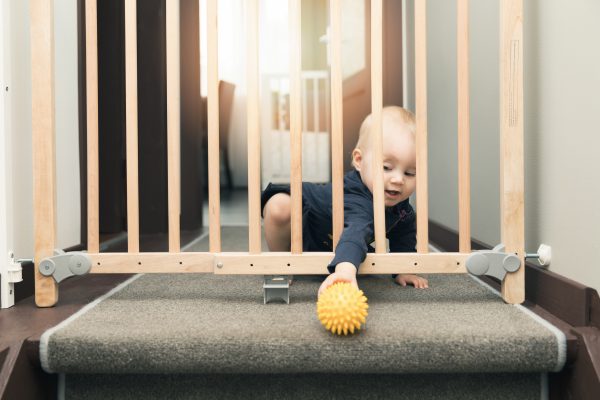
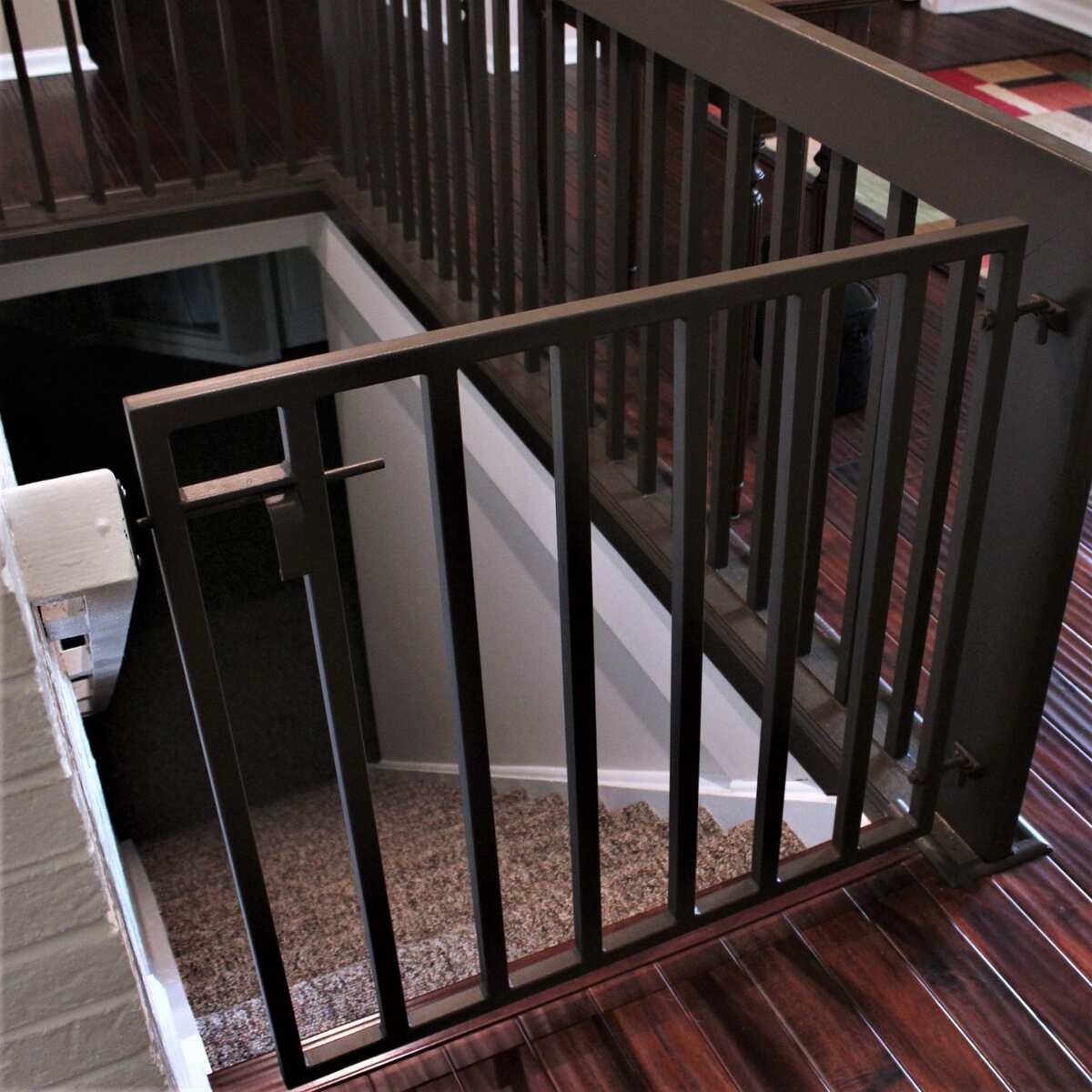
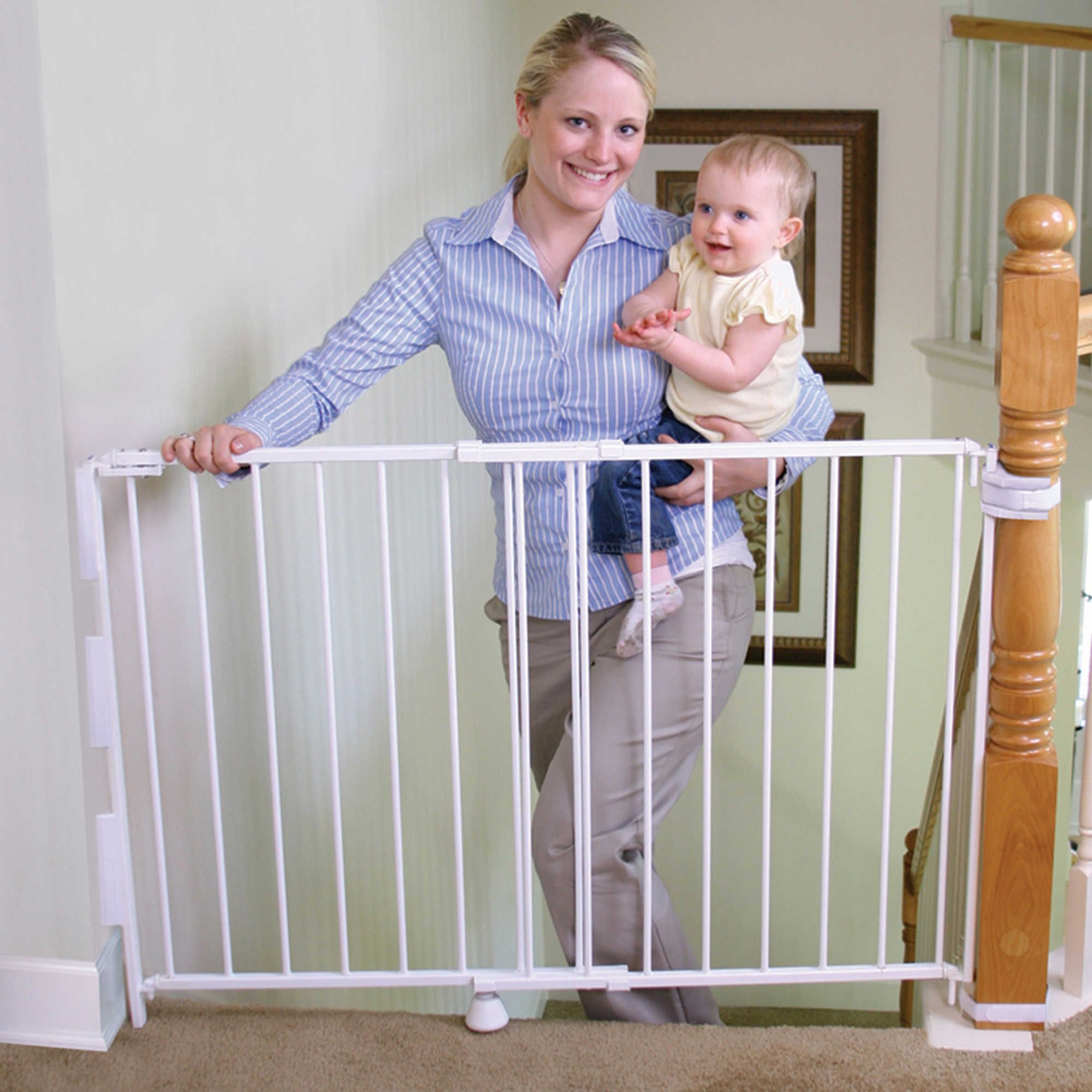
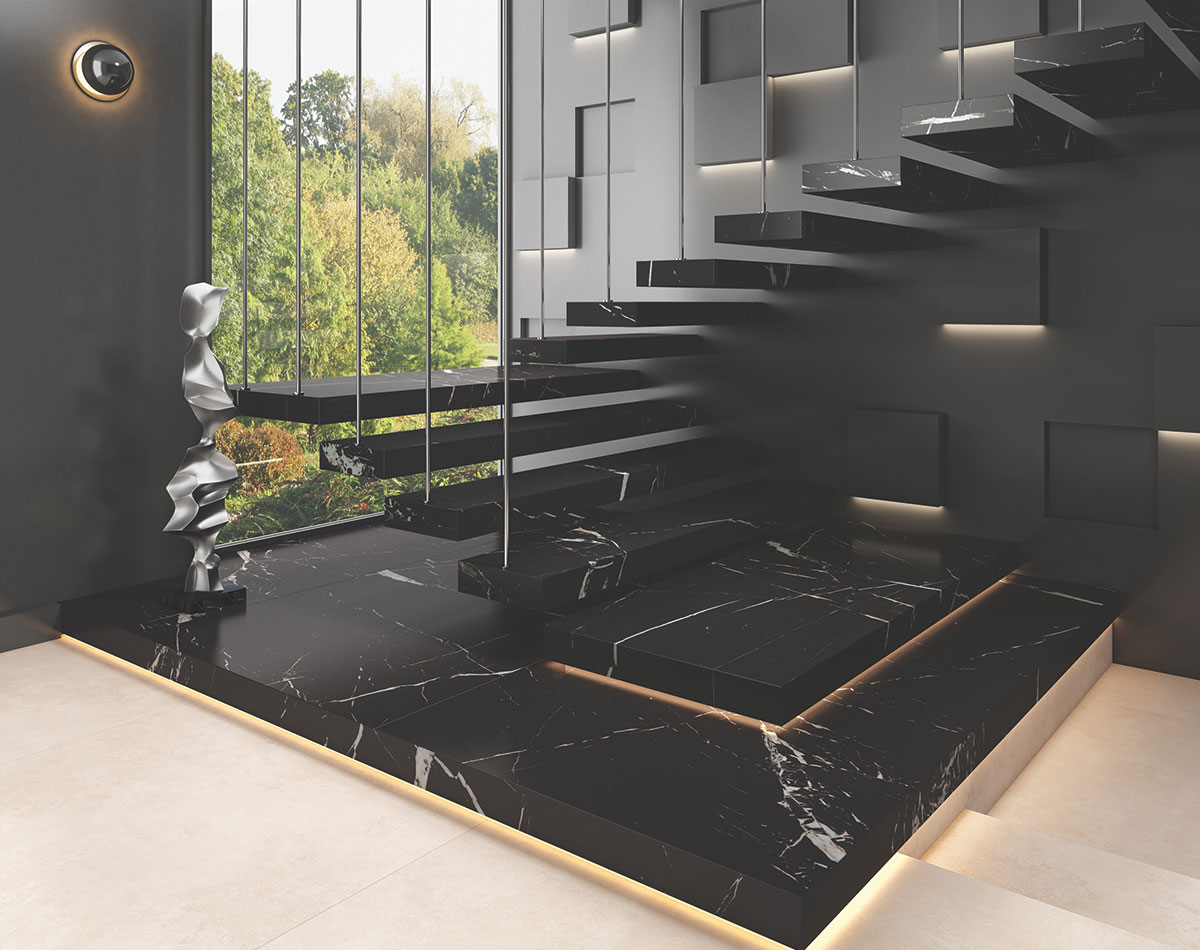

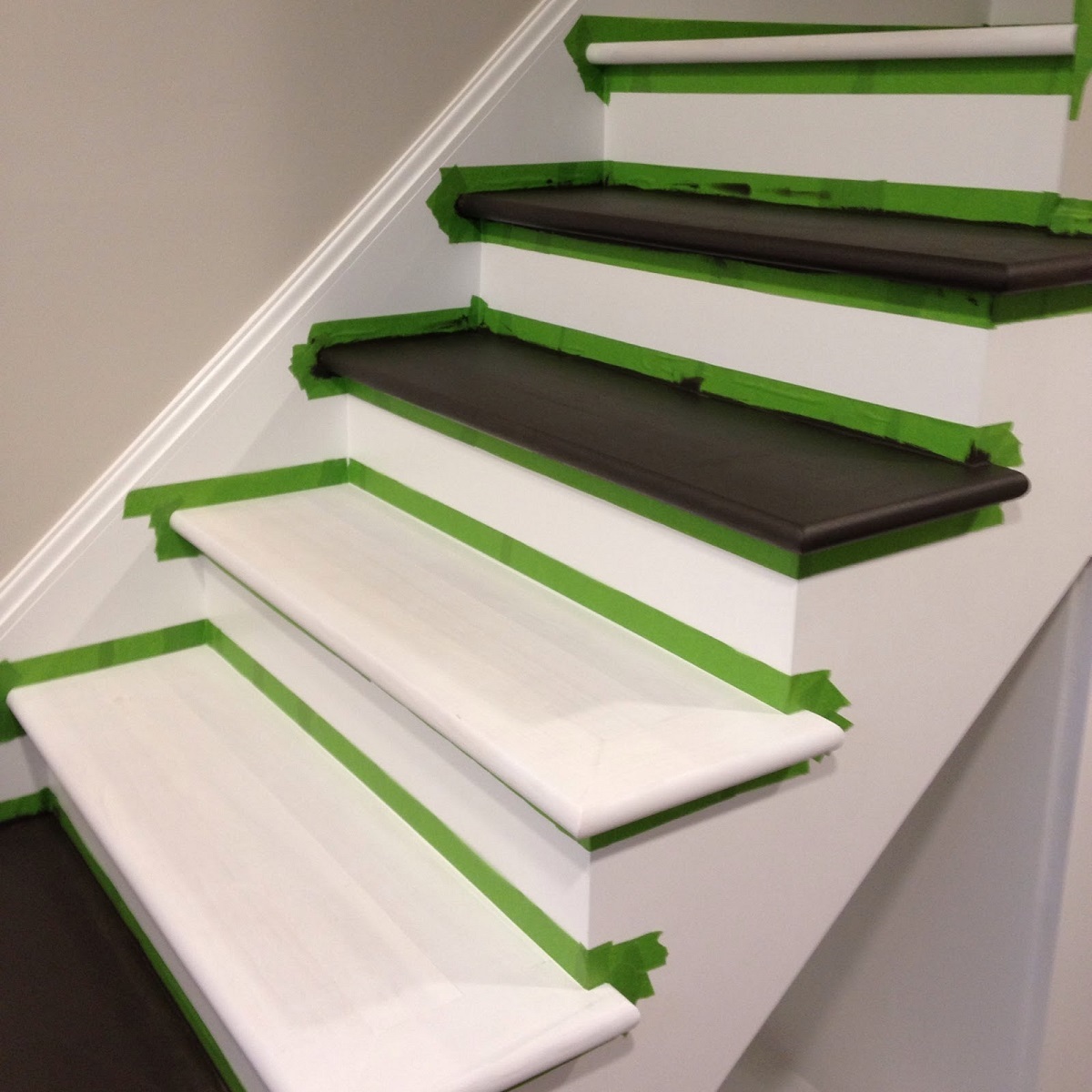
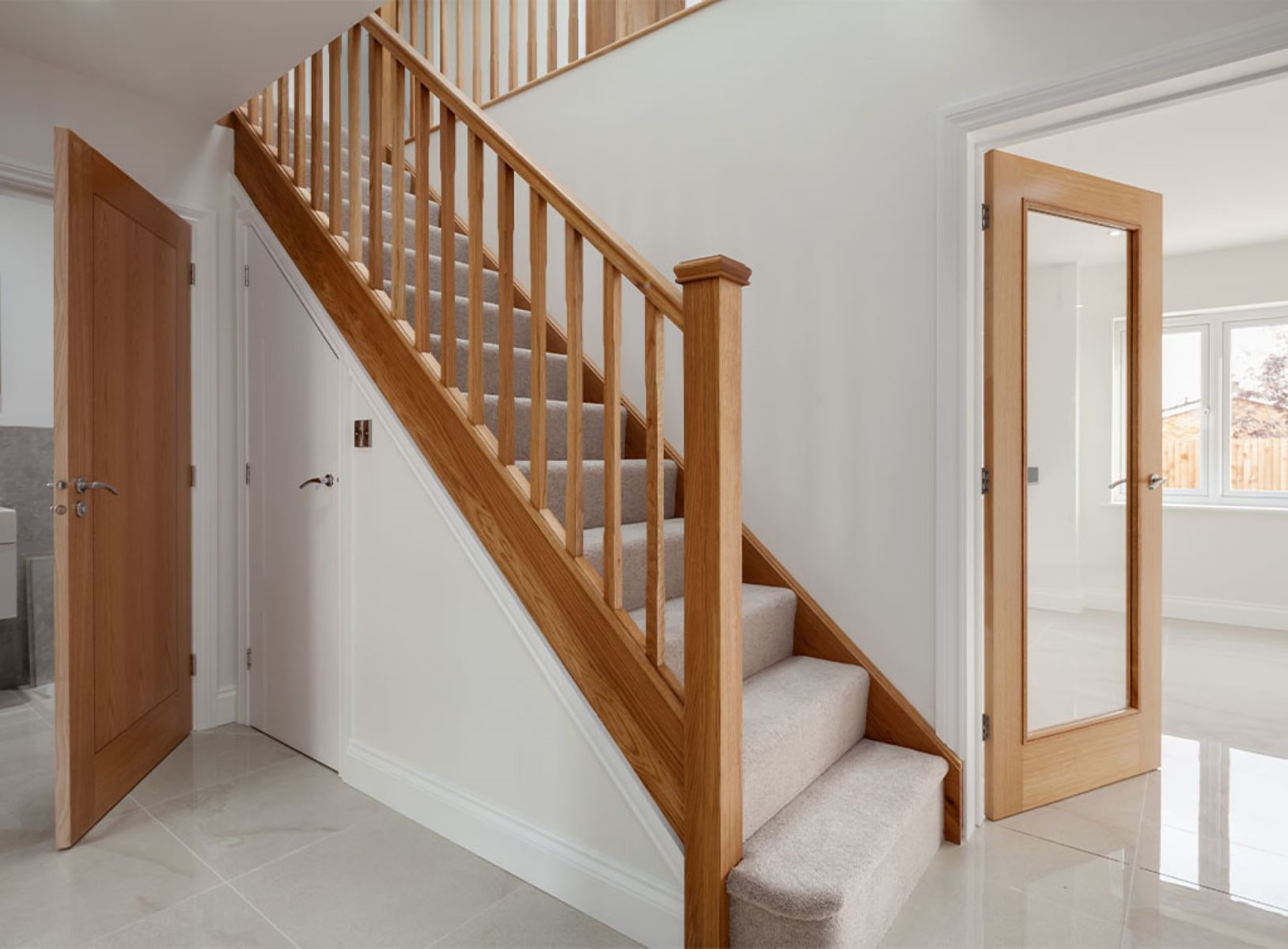
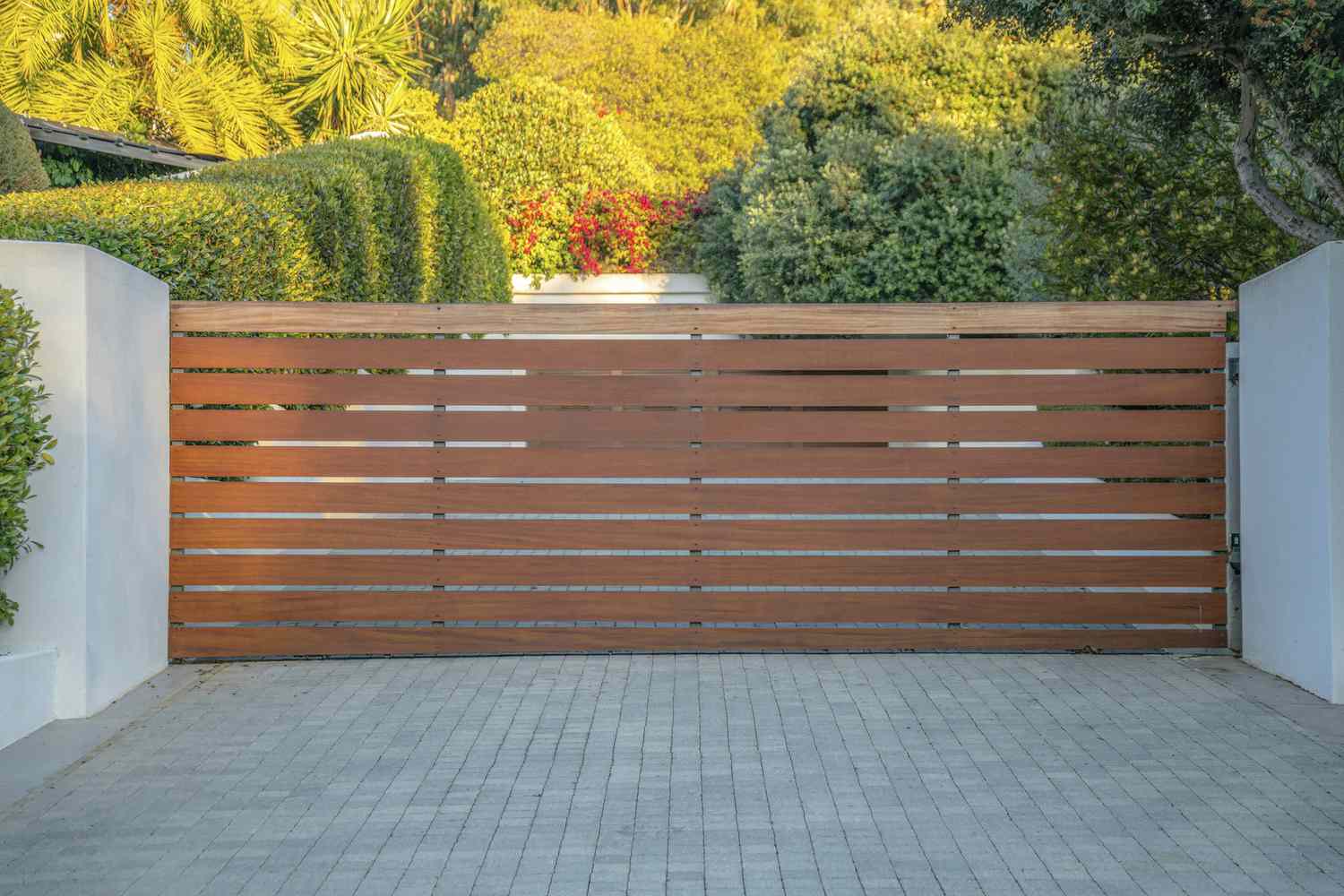
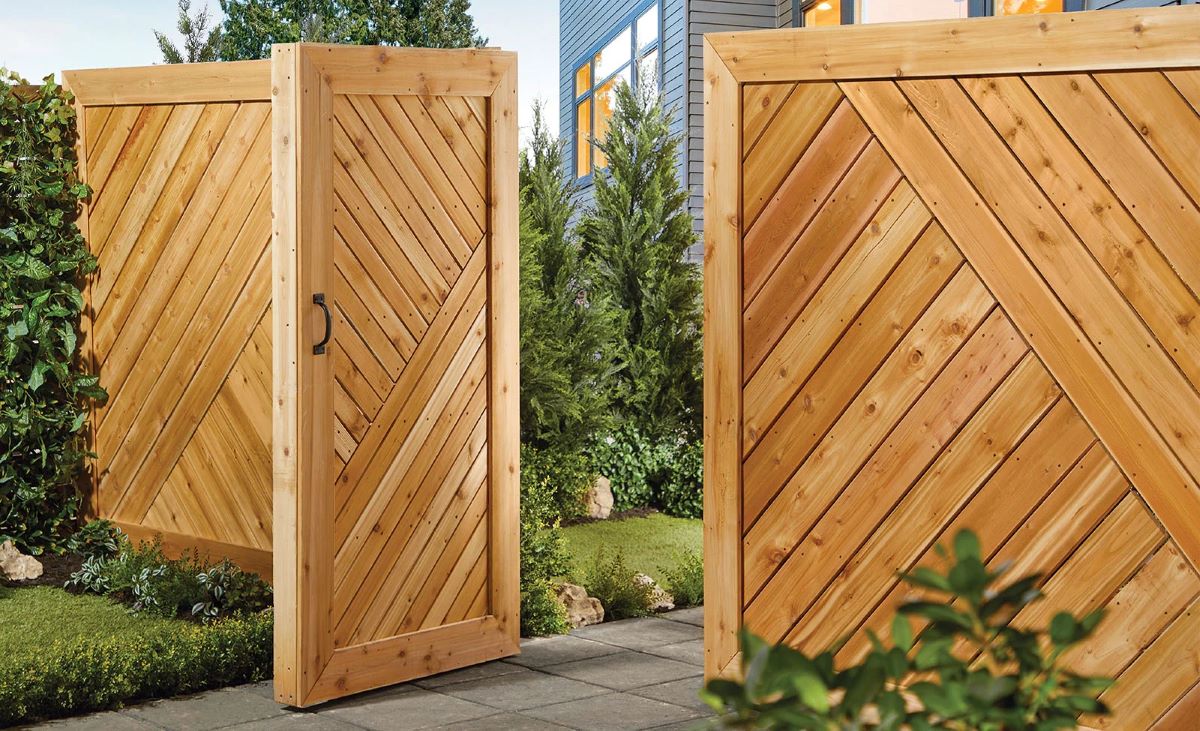
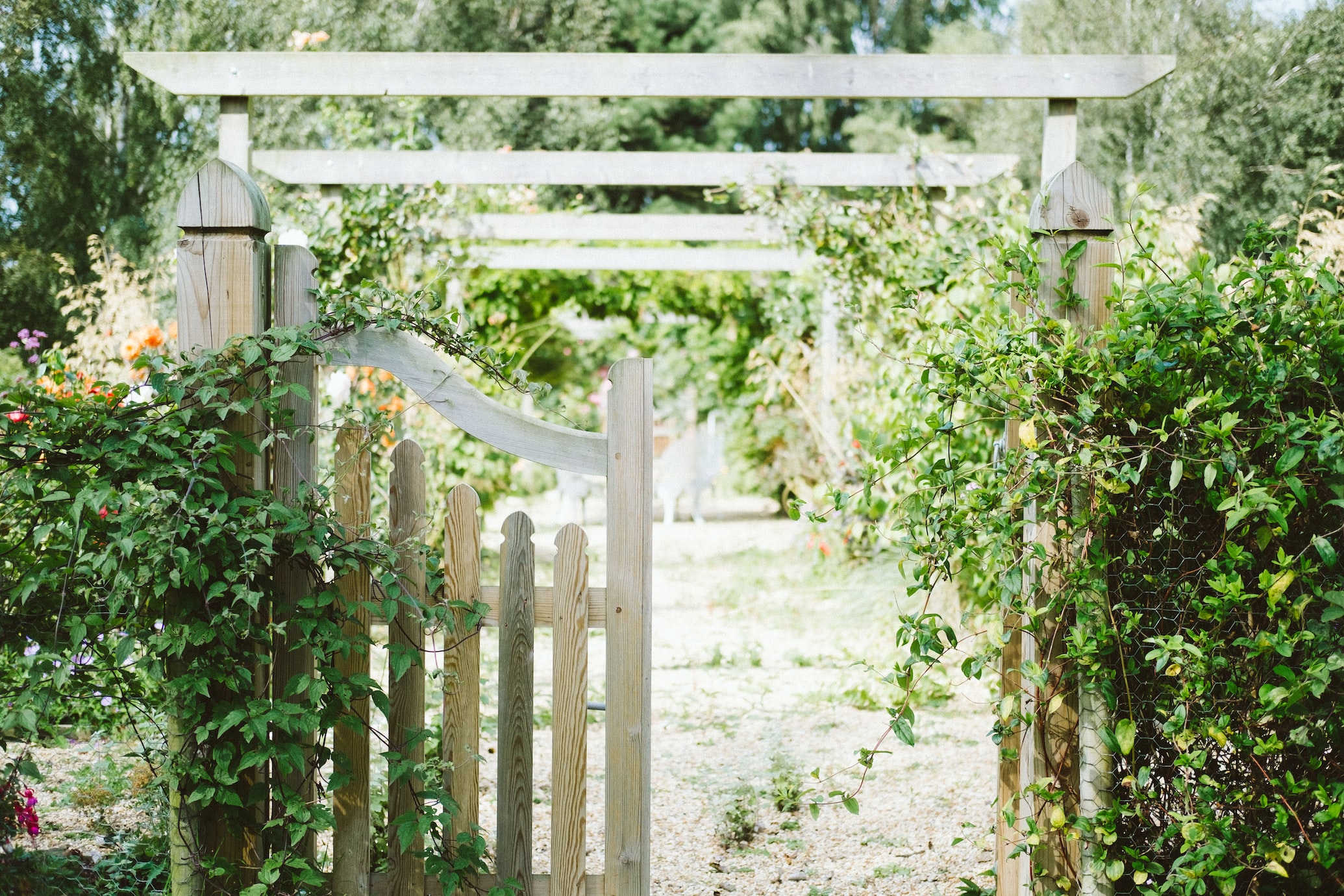
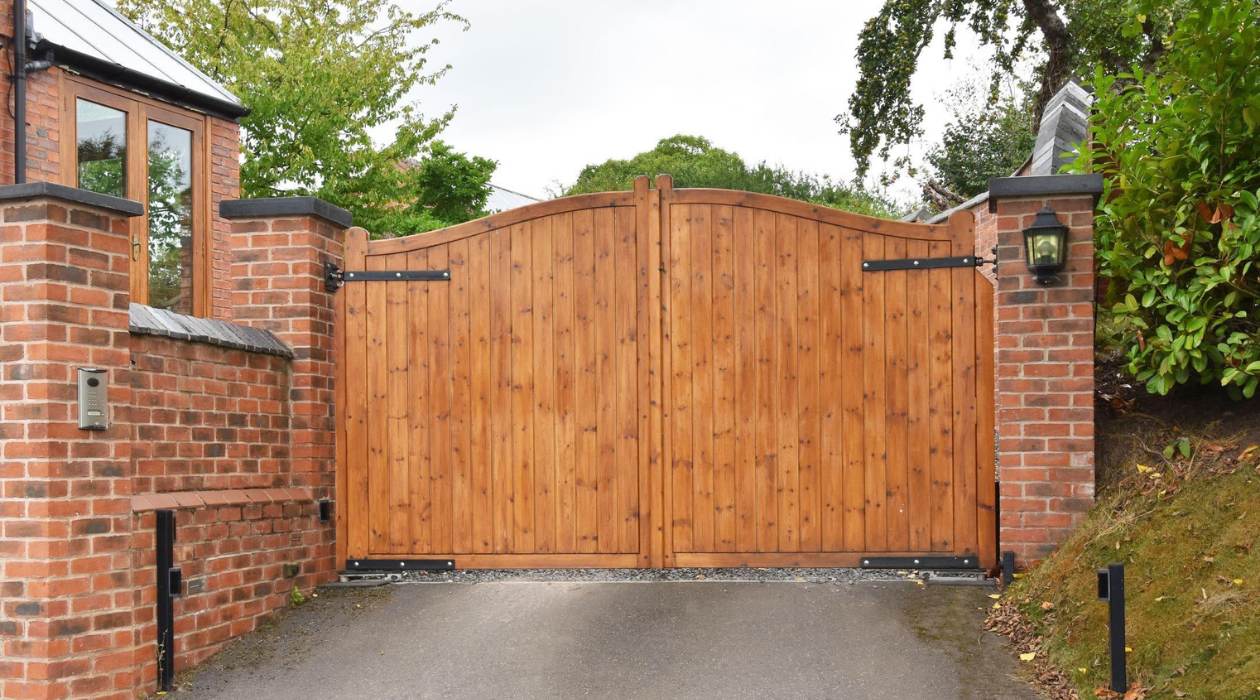
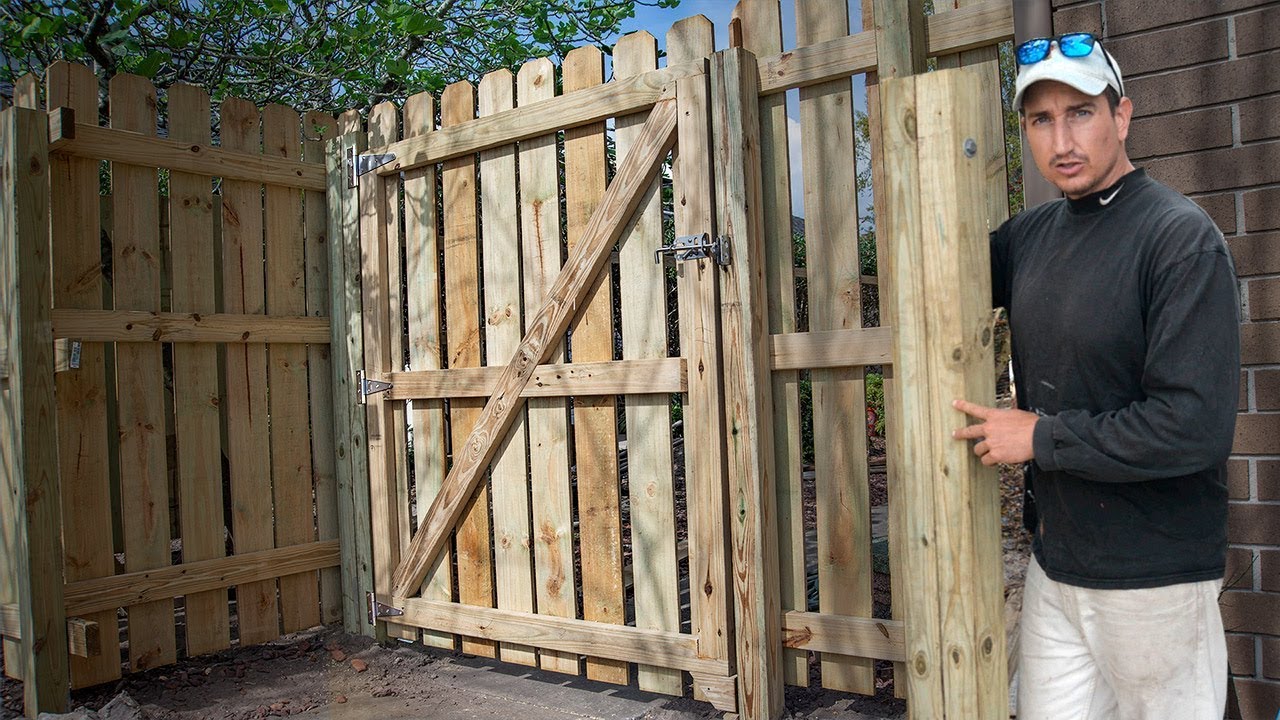
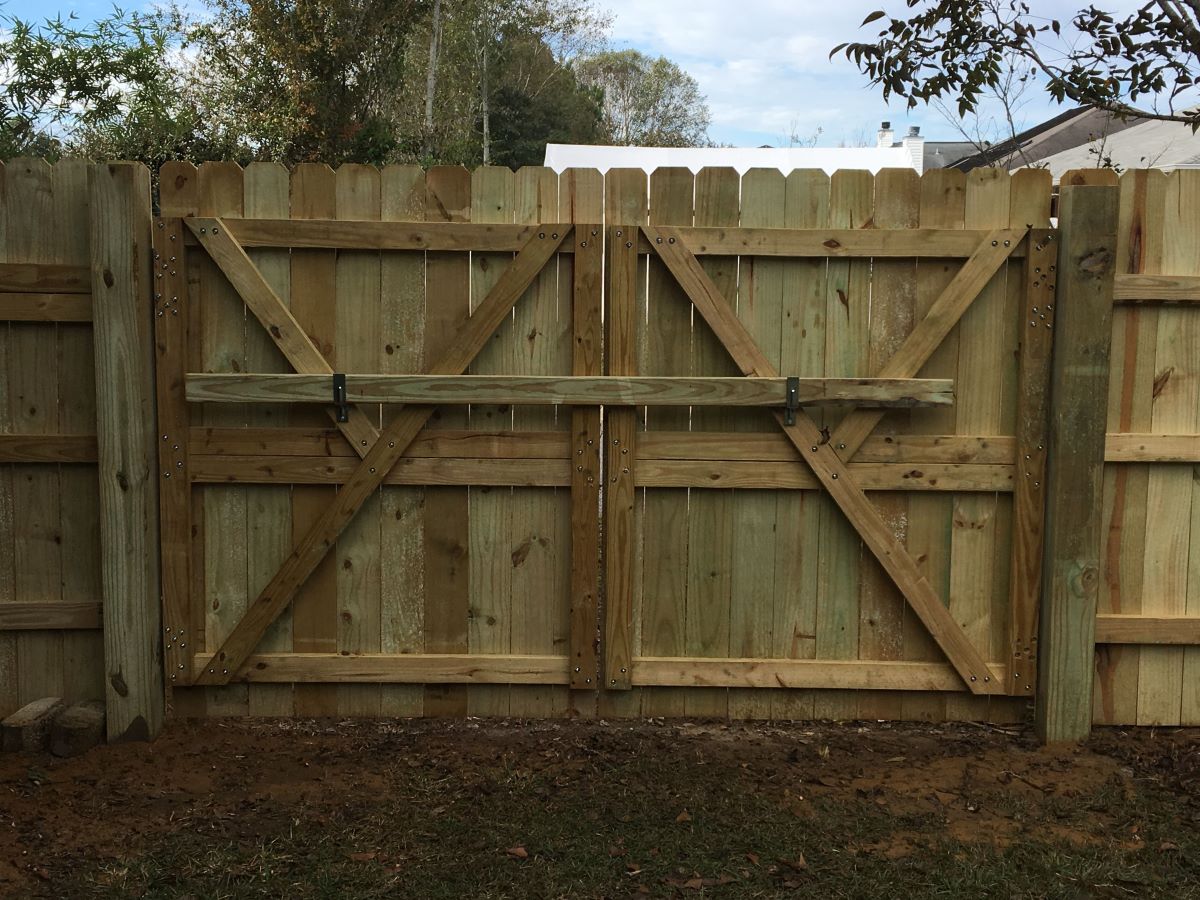

0 thoughts on “How To Block Stairs Without A Gate”